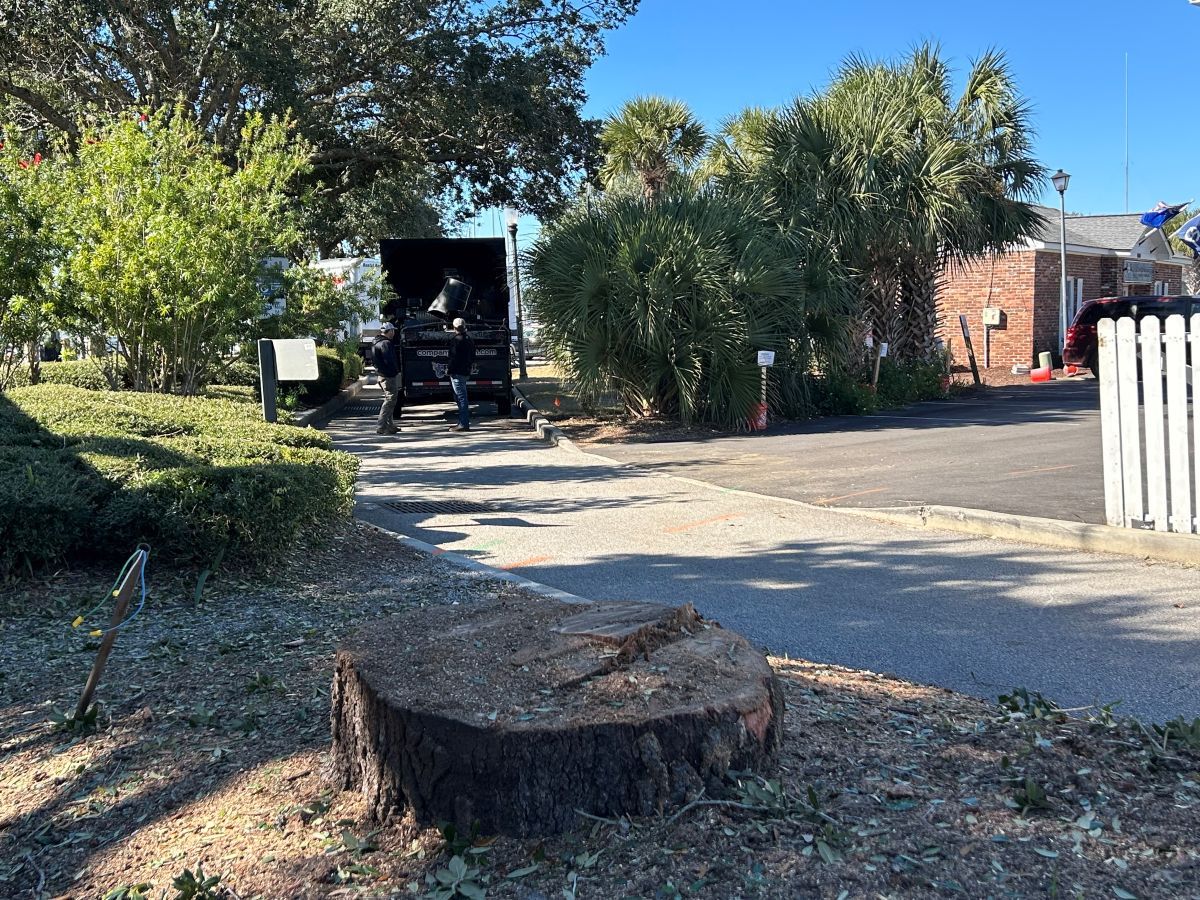By Tracie Korol
When last we checked in, your stomach had just taken a lurch upon discovering Fracas was not in the yard. Boredom and loneliness had finally taken its toll and Fracas took off for parts unknown. How on earth did he get out?
Dog owners are notorious for falling victim to the “let’s get a puppy!” urge before adequate preparation has even been considered. Fracas, as a tiny puppy, wouldn’t wander too far off his back stoop. But, a short six months later, he already developed a habit of making the neighborhood rounds. Once Mr. Jones down the road called up to threaten to shoot Fracas if he rooted in his garbage one more time, you decided, one Saturday morning, it was time to throw up some sort of metal fence post and wire kind of structure thinking that would hold Fracas until you could dig a few post holes.
Unfortunately, by the time you had settled back onto the couch after all that work, Fracas was already testing the perimeter. In the far corner he found a three-inch gap, shoved his nose under to the “freedom” side, clawed a bit in the soft dirt and whammo! he was out. You eventually dragged him back and filled the hole. But the damage was done. Fracas was then on his way to a lifetime career as a master escape artist.
Whether your dogs escape efforts focus on paw power or feats of aerial derring-do depends on genetics and learning. Dogs who are genetically programmed to dig, such as terriers, will be more likely to become burrowers and tunnel under a fence if a handy soft spot is discovered. If a loose board is the first weak spot found, your terrier will turn into a beaver and chew himself out. Herding dogs such as Border Collies and sporting breeds such as Labradors have a natural ability to bound as gracefully as gazelles. Jumping fences will become a specialty. Bolters have learned to watch for moments of human inattention, and then charge out the tiniest crack in the gate or door.
The Bea, my dear beagle, was quite the escape artist in her glory days. When she first came to share my home I was convinced she could fly, as she would appear at the front door only moments after I had sent her out to the dog yard. My kennel fences were tall; the bottoms buried two feet in solid clay yet she would routinely appear outside the fence. Careful, clandestine observation proved her to be an accomplished climber.
As you will hear from me again and again, it is always easier to prevent a behavior problem from happening than it is to fix it after the fact. There’s no excuse for letting a puppy become an escape artist when preventive measures are so simple. Don’t let the puppy learn that roaming is rewarding and stop all fledgling escape attempts by using some common sense.
Before you get you puppy, make sure your new fence is flush to the ground, pinned every 6-8 inches or even buried a few inches deep. Check, from a dog’s eye view, for weak spots and gaps. Go overboard on the height. Make sure there are no woodpiles, dog houses, deck railings, lawn furniture close enough to provide a launching pad.
Teach you pup to “wait!” at the door until invited through. Install dog proof latches on all gates. A padlock will prevent an accidental release from an outsider and will thwart the development of latch-opening skills. Minimize your dog’s desire to roam by neutering at an early age and provide him with ample exercise and companionship at home.
And finally, consider keeping your dog indoors when you’re not home. It is, by far, the easiest, safest, most common sense solution.





